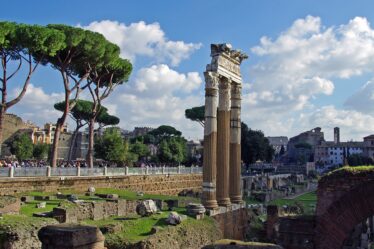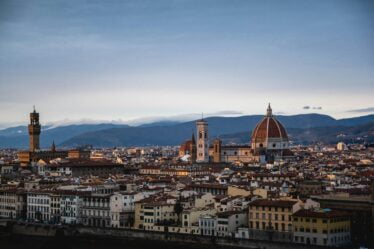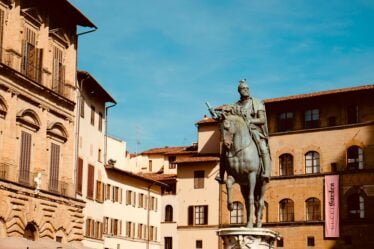

When Statues Come Alive: Renaissance Games in the Boboli Gardens
Imagine strolling through the winding paths of the Boboli Gardens, surrounded by centuries of art and history, when suddenly the statues come to life to share their stories. These silent figures, scattered through the greenery, don’t just represent beauty—they embody movement, laughter, and the everyday joys of Renaissance life.
1. The Owl Game (Il Gioco della Civetta)
In a shaded corner near Porta Romana, a statue known as Il giovane di Capezzuoli captures a vivid scene: a young boy is caught in the act of suddenly leaping to snatch a hat from his companion. This playful moment immortalizes Il Gioco della Civetta—The Owl Game—a popular Renaissance pastime that relied on agility, tension, and surprise.
In its three-player version, the game became even more chaotic, with slaps flying like feathers in a birdfight. Laughter and playful shouts once echoed through the gardens, and now, thanks to the sculptor’s skilled hand, this snapshot of pure joy is frozen forever in stone.
Learn more about the history of Boboli Gardens on the official Uffizi site.
2. The Saccomazzone
At the far end of the majestic Viottolone, near the Fountain of the Ocean, two blindfolded peasants engage in a bizarre duel: each holds a long stick with a soft sack tied to the end, swinging wildly in an attempt to strike the other. This was the game of Saccomazzone, a mix of slapstick comedy and physical challenge.
The scene is sculpted with humor and rustic charm by Orazio Mochi, and later refined by Romolo Ferrucci del Tadda, who elevated the group to match the artistic dignity of the Boboli Gardens. Their uncertain movements and bird-like cries give this statue a surreal and comical presence—one that continues to draw smiles from passersby.
Explore Florence’s Renaissance heritage and unusual traditions here.
3. A Glimpse into Renaissance Life
These games weren’t just amusements—they were ways to learn, bond, and sometimes poke fun at one another. The sculptures of Boboli offer more than visual beauty; they act as time machines, opening a window into the daily life of 16th-century Florence.
When Statues Come Alive: Renaissance Games in the Boboli Gardens reminds us that art is not just a monument to the past—it’s a living story. Walking through Boboli, it’s impossible not to be enchanted by the magical stories carved in stone, waiting for curious eyes and open hearts.



